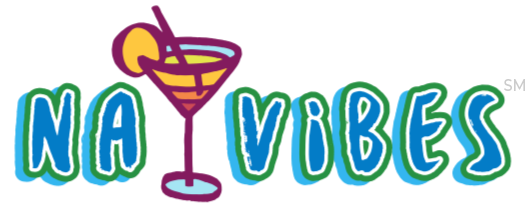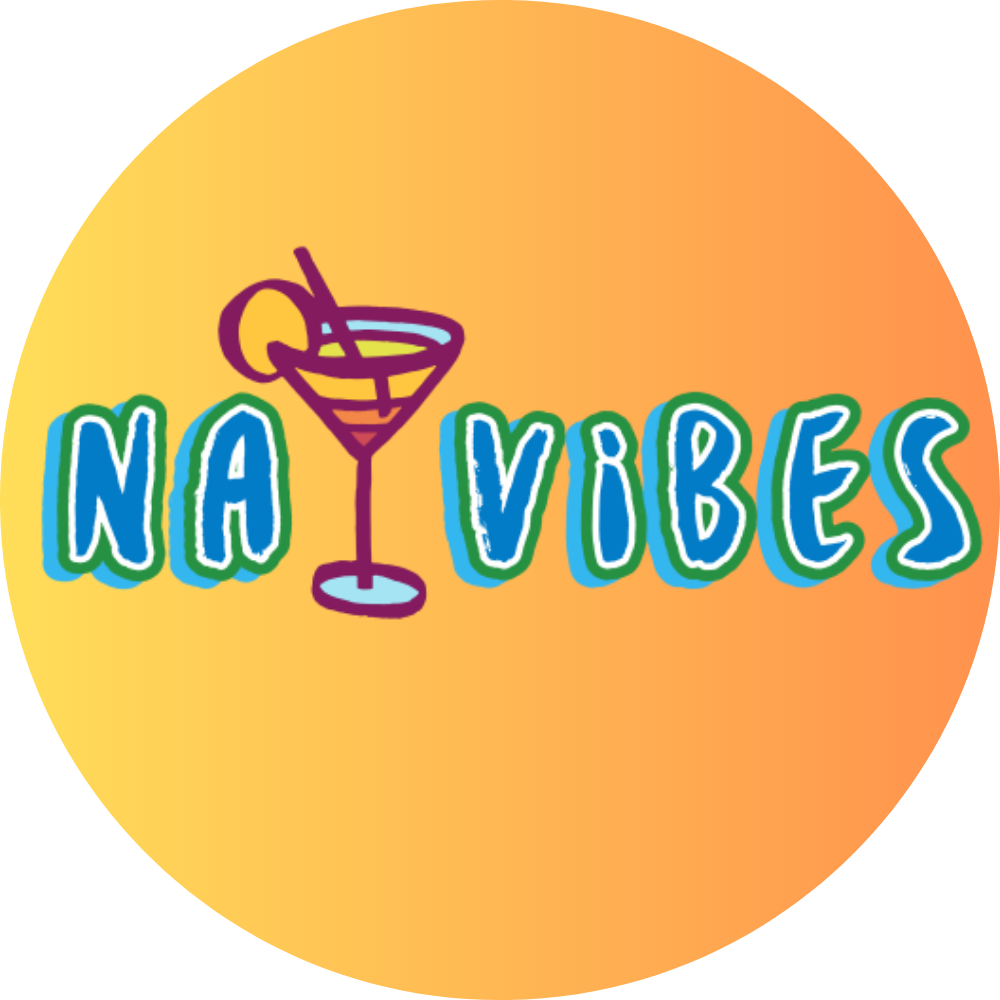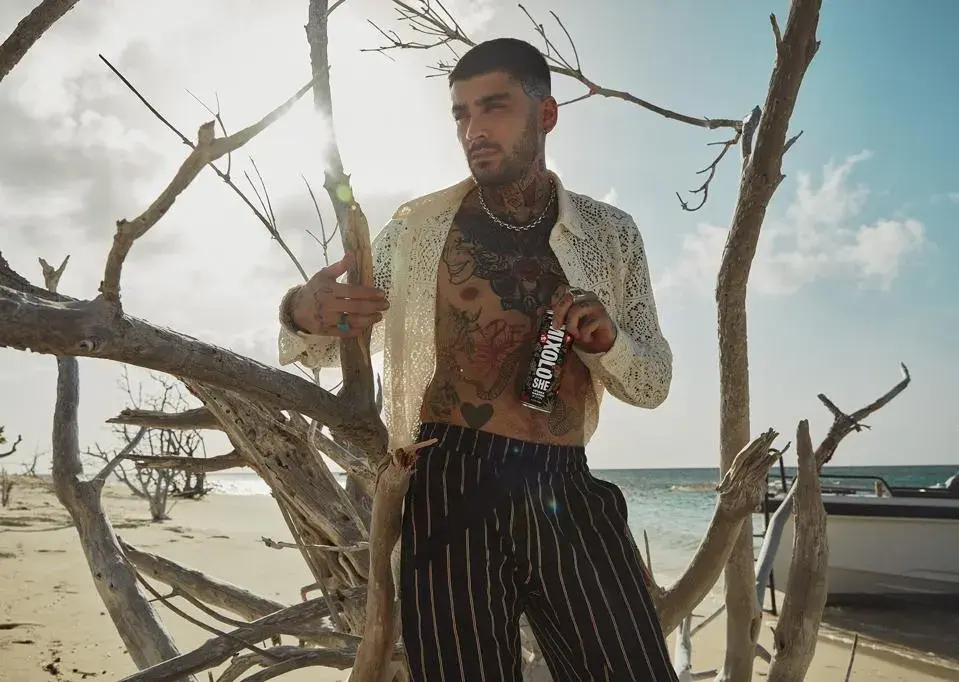Julia Bainbridge: 'It's Never Been A Better Time To Be Someone Who Doesn't Drink'
- Trish Silverman

- Jan 5, 2023
- 3 min read
By Katie Lockhart | Jan 3, 2023 | Updated Jan 4, 2023

Julia Bainbridge is a James Beard Award-nominated writer and editor who has worked at and written for a variety of publications, including Condé Nast Traveler, Bon Appétit, The New York Times, The Wall Street Journal and The Washington Post. Bainbridge has been celebrated for her work to “normalize not drinking alcohol.” In 2020, her book “Good Drinks: Alcohol-Free Recipes for When You’re Not Drinking for Whatever Reason” was named one of the best cookbooks of 2020 by the LA Times, Wires and Esquires magazines, and it has helped spark a movement that’s still gaining strength today. She is currently pursuing a master’s degree in social work at Columbia University. In this edition of Voices In Food, Bainbridge reflects on the current status of the alcohol-free drinks movement, in her own words.
I first removed alcohol from my life around 2015. I have alcohol use disorder, which is how I came to reckon with my relationship with the substance. This was at a time in New York when alcohol-free cocktails were starting to be taken more seriously. I’m lucky that my alcohol use disorder doesn’t present in a way that makes me uncomfortable being in spaces where alcohol is also being served. So, serendipitously, I entered into the phase of my life where I was no longer drinking alcohol, right when some changes were happening with alcohol-free options.
Bartenders were pushing against the boundaries that had previously limited “mocktails” to unbalanced, syrupy juices. The imagination of the drinks world was moving beyond the Shirley Temple. For someone who wrote about food and drinks and so whose job required her to, in part, be dining out and picking up on what was going on in bars and restaurants, this was impossible not to notice.
“I appreciate things like Dry January, [but] it’s important to remember that sobriety has likely been painful for those with substance use disorders. They make a hard decision every day to stay sober.”
- JULIA BAINBRIDGE
Beverage menu real estate was being given to alcohol-free drinks ― those drinks were being given fun names, just like the cocktails were ― that all showed a level of care and intention. So I got in my car and drove cross country a couple of times; that’s how I did research for the book. It was so clear that something was happening, and I just wanted to celebrate it. It was certainly happening in New York; I guess I wanted to see if it was happening coast to coast.
I really cast a wide net. I wanted to be on the ground, tasting with people and talking to people. There was just such passion and talent across the board, even in smaller towns that you wouldn’t anticipate. So with the book, I almost struggle with saying I wrote it. It rests on the work of professional bartenders, who were the ones thinking about and developing these beverages, and I’m lucky that they allowed me to capitalize on that newfound energy and take a snapshot of what adult alcohol-free drinking was looking like around the country at that point in time.
Something I saw was bartenders who had come to not drinking themselves, and a light bulb kind of going off the next time they looked at their offerings, deciding that they wanted to better serve people like themselves or their friends who no longer drank alcohol, but still enjoyed the pleasure of a good drink.
I think we almost do these drinks a disservice by comparing them to cocktails. Stop worrying about whether or not it tastes akin to an alcoholic version of the drink and just focus on whether or not it tastes good, you know?
I’m lucky to currently live in New York, where you’re sort of hard-pressed to find a restaurant that’s not being more thoughtful about that. It’s never been a better time to be someone who doesn’t drink.
And when it comes to the drinks themselves, most of the spirits, the non-alcoholic spirits on the market, are not meant to be drunk neat, or without some kind of mixer, even if that mixer is just tonic or soda water. And I think brands have done a good job of showing consumers how to use these products via recipes on their websites, but you have to know to seek out that information. And many people don’t; I wouldn’t if I weren’t, in essence, studying this category. I would encourage people to go to the websites of the products they buy to get some guidance.
Read the full article: https://www.huffpost.com/entry/julia-bainbridge_l_639a0d76e4b0804966b2fed9







Comments